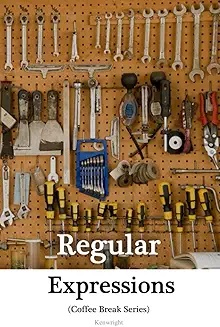
Introduction to Regular Expressions in 20 Minutes: (Coffee Book Series)
A groundbreaking exploration of programming and its impact on the contemporary issues. This essential read offers fresh perspectives and practical insights that will transform your understanding.


Sarah Johnson
Professional ReviewerCouldn't agree more. The real-world examples made all the difference for me.
October 7, 2025